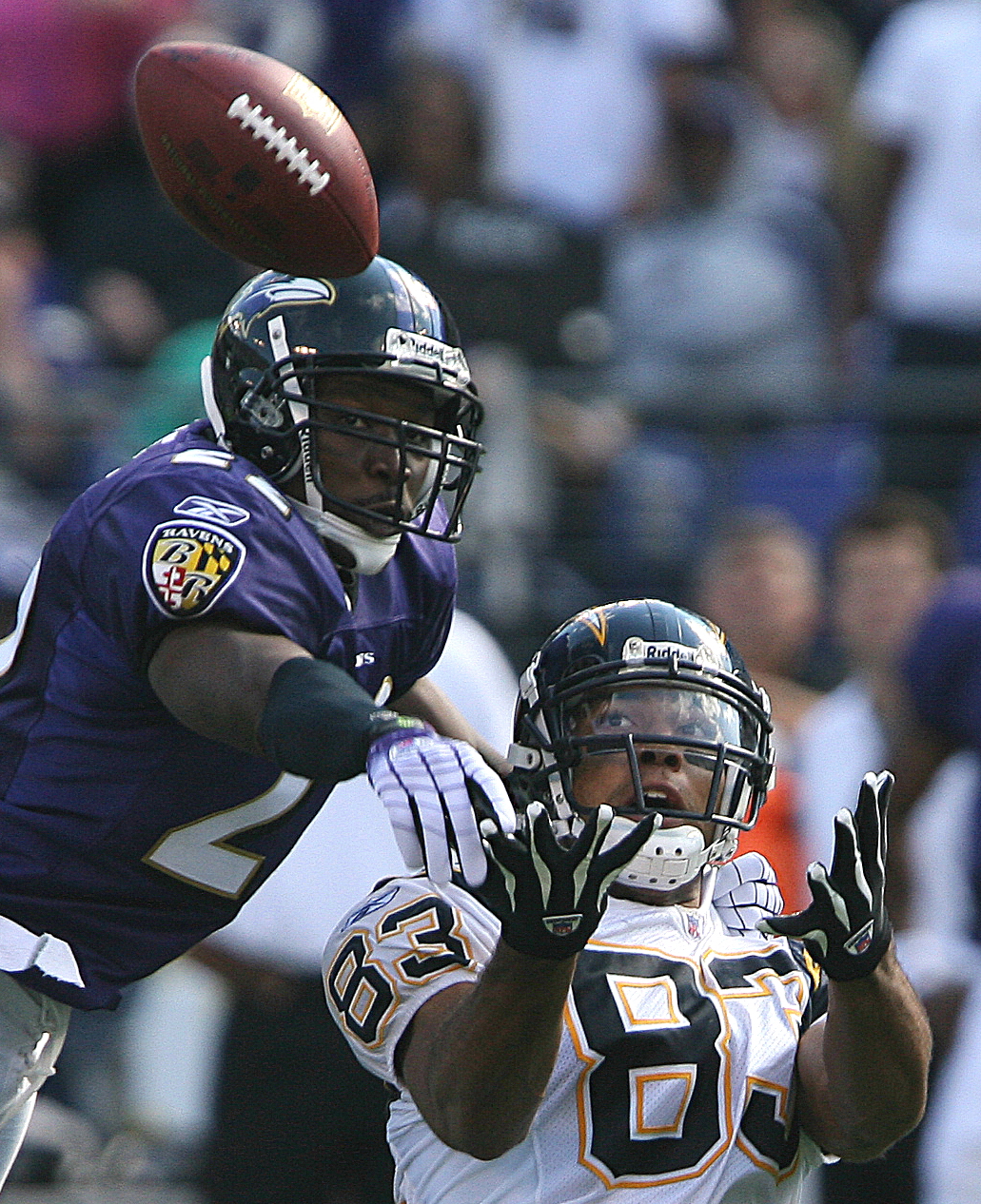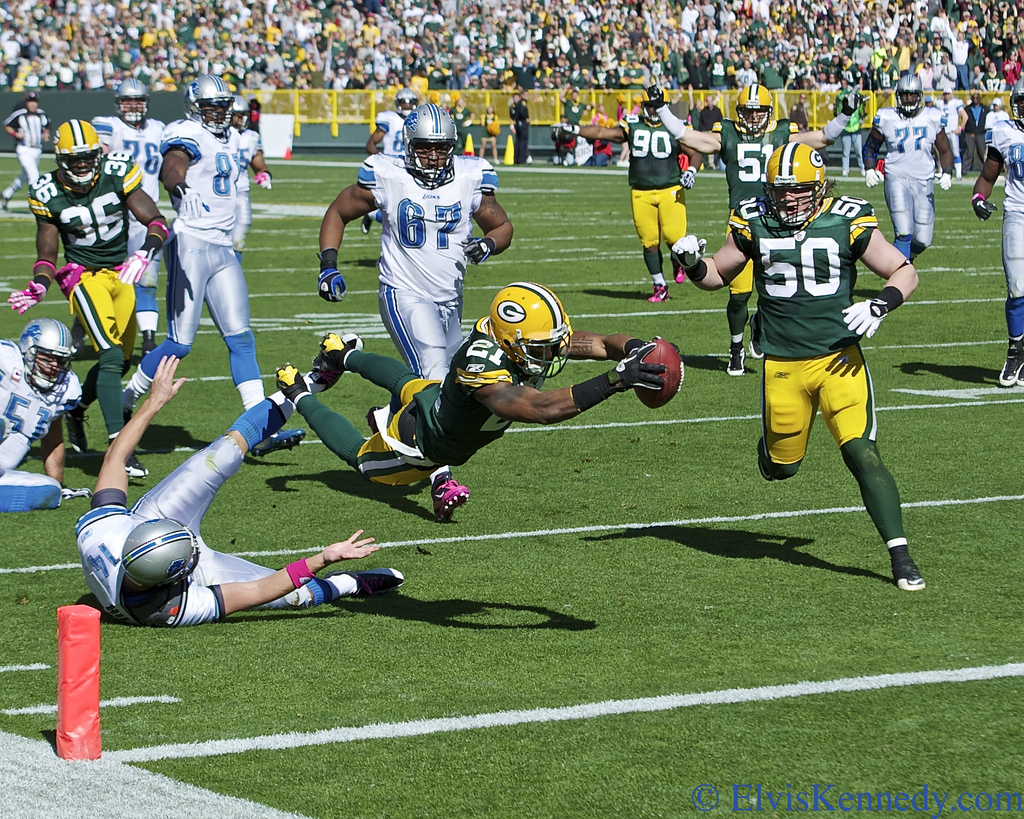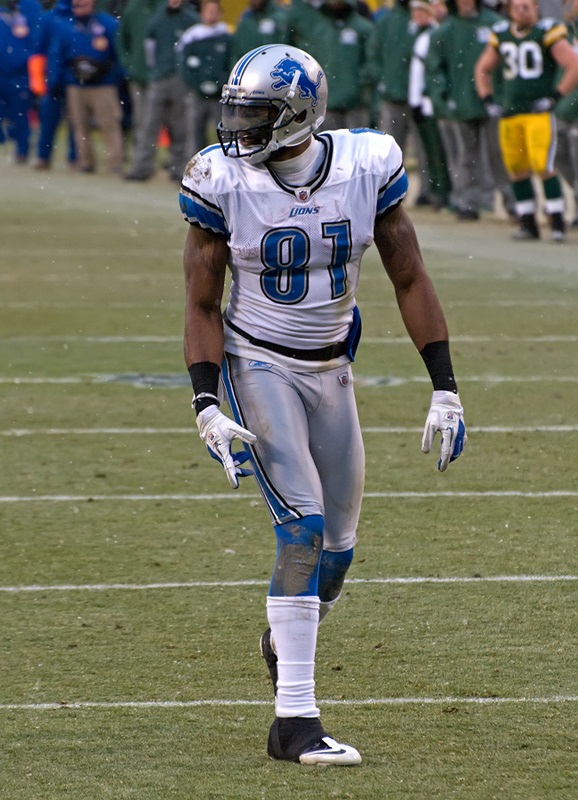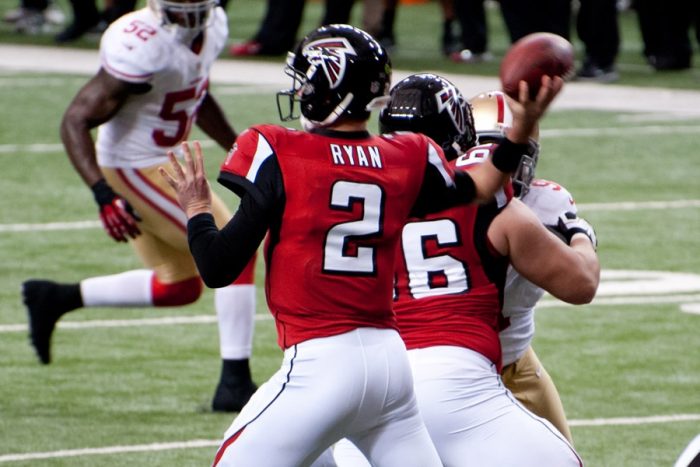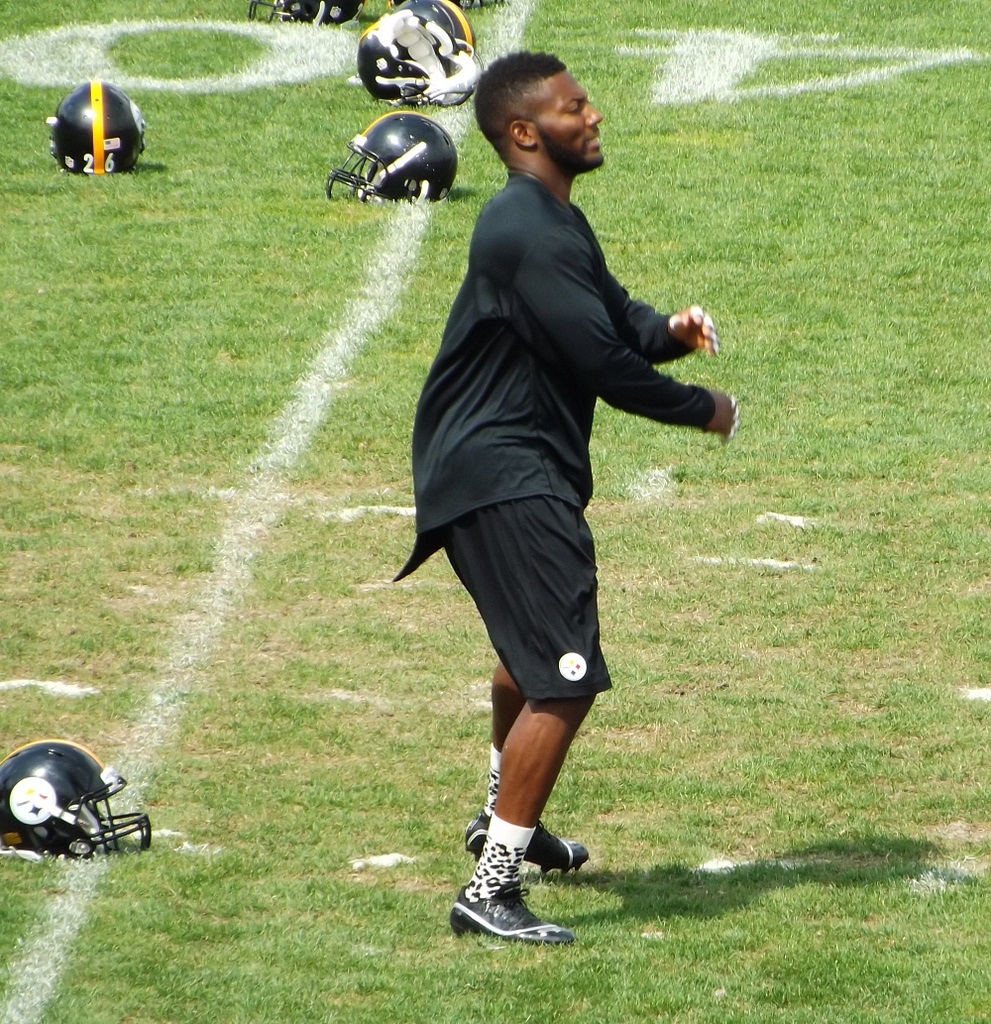
Pre-draft strategy
First off, I had a conflict the night of the auction and had to hand the reigns over to RSO’s “men behind the madness”, Stephen and Matt, to handle my auction for the first 1-2 hours until I could get online. This was of course going to be the most crucial time in the auction when the highest ranked and highest paid players are bid on. I was bummed to miss it, but thankfully, I was in good hands with the guys who have the most RSO experience.
I started my auction prep by estimating the dollar values for all players. This started as simply finding average auction values (AAV) from the prior year, attaching the QB1 AAV to my #1 ranked QB this year, QB2 AAV to #2 ranked QB, RB1 AAV to my #1 ranked RB, etc., etc., and grossing up all values for the cap in this league. Then I made manual adjustments under the impression that most of the owners in this league will bid more aggressively on stud players, and save less for middle of the road and lower ranked players (creating greater separation from top to bottom than the AAV indicated).
The total dollars attributed to all players in my estimated draftable player pool had to be roughly equivalent to sum of available cap dollars for all teams, after deducting rookie contracts, about $10 million per team left over for in-season acquisitions and a minimum contract value for a pair of kickers and defense. I figured I had $101 million to spend on 21 roster spots, or an average of $4.8 million per player.
At this point with my player rankings and estimated dollar amounts, I highlighted players I would be willing to drop a 4-year or 3-year deal on, plus players I had no interest in acquiring. Not that the don’t acquire players are bad players, but just that I felt the risk and expected cost would be higher than I was willing to pay. Examples of players that made this list included Rob Gronkowski, Arian Foster, Chris Johnson, Darren McFadden, Percy Harvin, Tony Romo and Matt Stafford.
I discussed with Stephen there were certain RB I’d be willing to drop a multi-year deal on, but preferably we want to attach our 4-year and 3-year deals primarily to the WR and QB positions. I made a priority list of 13 players to give a 4-year contract to, feeling that my approach to the RSO auction would be (a) decide how many years you want to give this player, and (b) see how the bidding goes at that length of contract.

Here is the 4-year list:
- Aaron Rodgers
- Andrew Luck
- A.J. Green
- Trent Richardson
- Aaron Hernandez
- Jimmy Graham
- Julio Jones
- Calvin Johnson
- Russell Wilson
- Matt Ryan
- Randall Cobb
- David Wilson
- Doug Martin
- Anyone left on 4-year list
- Peyton Manning
- Adrian Peterson
- Victor Cruz
- Pierre Garcon
- Demaryius Thomas
- Larry Fitzgerald
- Cheaper guys (assuming already have a lot of $ tied up in 4-year/3-year deals)
- Anyone else highlighted on rankings tab
And from there I pretty much left it to Stephen and Matt, knowing I would be logging on in a frenzy in the middle of the auction in catch-up mode.
| Quarterback | Years | $ | Running Back | Years | $ | Wide Receiver | Years | $ |
| Tom Brady (NE) | 3 | $40.0 | Trent Richardson (CLE) | 4 | $97.0 | Vincent Jackson (TB) | 2 | $29.5 |
| Andy Dalton (CIN) R | 1 | $2.0 | Alfred Morris (WAS) | 3 | $47.0 | Brian Hartline (MIA) | 1 | $1.5 |
| Christian Ponder (MIN) R | 2 | $2.0 | Le’Veon Bell (PIT) R | 3 | R | Jeremy Kerley (NYJ) R | 1 | $1.5 |
| Ryan Nassib (NYG) R | 3 | R | Lamar Miller (MIA) R | 2 | $25.0 | Nate Washington (TEN) R | 1 | $1.5 |
| Matt Cassel (MIN) R | 1 | $0.5 | Ray Graham (HOU) R | 3 | R | Brandon Gibson (MIA) R | 1 | $0.5 |
| Kerwynn Williams (IND) R | 3 | R | Andre Roberts (ARI) | 1 | $0.5 | |||
| Roy Helu (WAS) R | 1 | $0.5 | Kenny Stills (NO) R | 3 | R | |||
| Dion Lewis (CLE) R | 1 | $0.5 | Donald Jones (NE) R | 1 | $0.5 | |||
| David Nelson (CLE) R | 1 | $0.5 | ||||||
| Mike Thomas (DET) R | 1 | $0.5 |
| Tight End | Years | $ | Kicker | Years | $ | Defense | Years | $ |
| Tony Gonzalez (ATL) | 1 | $13.0 | Blair Walsh (MIN) | 1 | $0.5 | Arizona | 1 | $0.5 |
| Brent Celek (PHI) R | 1 | $1.0 | Justin Tucker (BAL) R | 1 | $0.5 | Carolina | 1 | $0.5 |
| Brandon Myers (NYG) | 1 | $2.0 |
How did the auction unfold for you
When I got logged into the auction, I was flush at RB and the guys got a great deal on Tom Brady relative to some other QB contracts. Brady is on a 3-year deal for $40 million (2013 salary of $12.5 million). I had an estimated bid for Brady at $18 million for 2013. Comparing to some of the other QB contracts (Kaepernick $41 million for 2 years; Newton $49 for 3; Rodgers $62 for 3, Luck north of $100 for 4), I was in good shape with this deal.
Can’t complain at all about the quality of the RB on the roster: Trent Richardson, Alfred Morris, Lamar Miller plus Le’Veon Bell from the rookie draft. My concern is too many dollars and, more importantly, too many years tied up at the RB position, which has the most annual turnover. Richardson has a 4-year, Morris a 3-year and Miller a 2-year. I am a believer in Morris – honestly, I wouldn’t have been willing to give him a 3-year otherwise – but there is still something unsettling about a 3-year deal on a Mike Shanahan RB, especially when he’s already used one of this good years.
I was definitely in catch-up mode when I got logged in, with quality players getting nominated one after the other. I can’t remember the last draft I was in where I didn’t have a running list of players crossed off my rankings, so I needed to take a good look through the available player lists to see how deep the remaining positions were, especially WR. To buy time, I added some kickers and defense to my queue, and I got them at a minimum contract.
WR were definitely getting thin for my needs having to fill 3-4 starter spots. I aggressively went after Vincent Jackson and Tony Gonzalez became a must-have on a one-year deal. I estimated his value at $17 million and got him for $13. I should have gone even more aggressive at WR but got a little gun shy with still many roster spots to fill. With WR bottoming out and some quality TE still available, I figured I would spend for better backups there who would likely man my flex starter spot, while taking a shotgun approach to the WR position trying to tag unheralded guys in situations with upside.
I stayed pretty close to my target of saving $10 million for in-season, but the way the auction unfolded, I should have spent more of that considering most guys did not save that much, and I can’t necessarily win any player I like off waivers given one team abandoned the auction at midnight and has $60 million in available cap space. A much better WR2 and this team would feel a lot better. As it stands, a RB for WR trade could be in the works either before the season starts, or once the NFL gets underway, but in that case we’ll need each of our RB to start the season strong.
Waldman’s Thoughts
I think the running back depth will work out in MacGregor’s favor because he will have great trade bait – especially if Andy Dalton plays well enough to sneak into the low-end of the top-10 and he can dangle a player like Tom Brady. My belief is that wide receivers are the easiest players to acquire. If MacGregor has the hardest position to get a quality player and winds up with four of them on his roster, he’ll be able to trade one of them easily for a good starter at his position of need. He might also get by with a tight end as a flex-option this year. Andre Roberts and Jeremy Kerley aren’t players you want as your No.2 and No.2 receivers at the beginning of the year, but they have the talent to provide sustainable production.
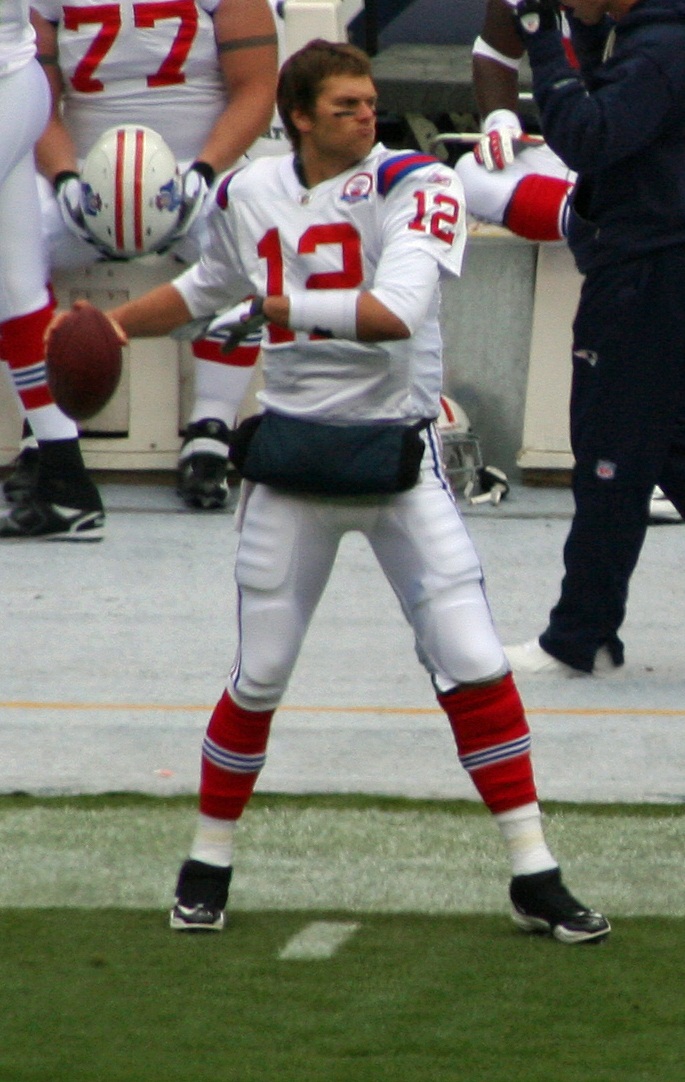
- Tom Brady: $40 for 3
- Tony Gonzalez: $13 for 1 – Compared to the 2013 salary for Jimmy Graham ($26) and Gronkowski ($18), happy to get Gonzo who looked absolutely stellar last season. He’s an ageless wonder.
- Trent Richardson: $97 for 4 – If you’re going to give a 4-year deal to a RB, this is the guy to give it to, and at a 2013 salary of only $21 he’s a great deal relative to what other top RB are being paid this season.
- Andy Dalton: $2 for 1 – I don’t love Andy Dalton for fantasy, but given the talent they’ve surrounded him with and his age I was shocked to land him as my backup for a mere $2.
- Christian Ponder: $2 for 2 – Did I really put a 2-year deal on Ponder? Geez, don’t remember that. Think I waited too long to use my last 2-year deal. At least a small dead cap hit next year if Ponder craps out.
- Alfred Morris: 47 for 3
- Lamar Miller: $25 for 2 – I don’t mind either (Morris or Miller) deal individually, but I’d rather have the money or contract of one of these guys invested in any one of a bunch of wide receivers instead.
- (Matt Waldman) Cecil Shorts: $18.5 for 4 – I had to step away from the computer but definitely would have driven the price up on Shorts, although perhaps couldn’t compete with a 4-year deal.
- (Rivers McCown) Rueben Randle: $2.5 for 1 – Cheap for a young high upside player. Surprised no one dropped a multi-year deal on Randle at this price. Michael Floyd got a 4-year deal, Kendall Wright signed a 2-year.
- (Ryan McDowell) Josh Gordon: $19 for 3 – Like this kid and consider this a good deal over three years. We’ll see how the Browns’ QB play pans out.
- (Lance Zierlein) Chris Ivory: $15.5 for 3 – Ivory screams stop-gap to me. Can’t imagine him paying off in Year 3 and I wouldn’t even feel comfortable with a 2-year deal.
- (Jim Day) Peyton Manning, $31.5 for 2 + Russell Wilson, $63.5 for 4 – A lot tied up in the QB position. Actually, really like the Manning contract, but can’t justify tying up this much cap for one starter spot. Some plans for wheeling and dealing perhaps, but Jim has no cap room, so he’s in a bad negotiating position.
- (Fontaine) Jordan Cameron: $5 for 1 – A big premium amongst of sea of TE with similar expectations. If he hits, great, but think the hype train got a hold of this bidding. On the plus side, Bryan landed Antonio Gates for a mere $1. Cheap bet for a bounce back from the former stud TE.
Fave team other than mine
I’m split between Tefertiller (he needs an RG3 recovery and a 2nd RB) and Fontaine (He believes in Pead, but I don’t really and he needs Bradshaw to sign and play big role). I love the starting wide receivers for each of these teams. I may have WR envy.
Impressions of Reality Sports Online
I Really like RSO. The website is clean and the overall auction runs well. I might not want to play in more than one RSO league, given the complexity and time involved. The auction is going to be long and there isn’t a way around that. If you are doing a league like this, you want it to be fairly deep. (Editor’s note: As the commissioner of this league, I can tell you that if you draft 20 spots and keep the nomination and bid times at a minimum, you can finish in 3-4 hours, tops and if you adjust the number of multi-year contracts each team can award, you don’t need a deep league – it’s a flexible setup).
Heck, actually, I do already play in another dynasty with very similar contracts and rules. We use a combination of ESPN (for their auction software), MFL (to run the league in-season) and spreadsheet to track the contracts all year. Given that, I can see why these guys put together this website! [Last editor’s note: See what I’m talking about . . . ]
Short-term / Long-term View of Team
I love my team for this season. I would love to lobby for RB to be included in the flex position, but I know that is a non-starter with the Commish. Going to pray my RB stay healthy and productive (at least 3 of the 4) for the bulk of their contracts and then long-term should be in good shape. How rookies pan out will ultimately create separation between the top teams and bottom teams in the league, because they will be on cheap contracts. Liked my initial pick of Bell, but didn’t love the rest of my rookie draft.
Remember, if you go to www.realitysportsonline.com and use the promotion code RSP20%OFF, you’ll earn a 20 percent discount. You can join a league for $9.99 as an individual or form a league with your friends.
